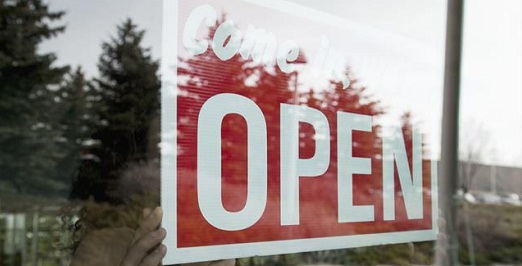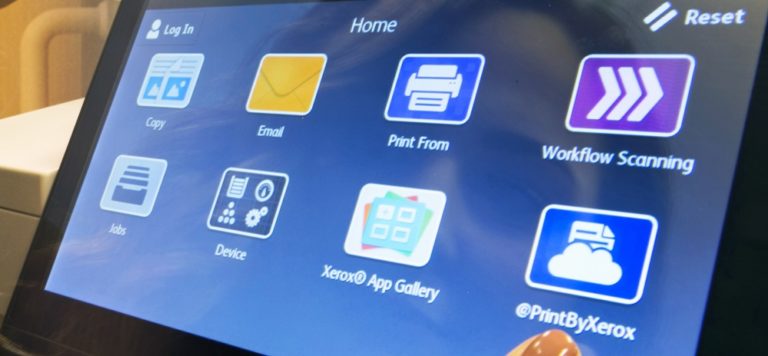By Roberto Montandon, vice president of Strategy and Business Support for Xerox
The last decade has seen significant improvement in customer care on many fronts. But the gains are leveling out, and the next major leap can only come from attacking a fundamental problem in customer care: silos.
We’re talking here not only about customer care being siloed from the rest of the organization (sales, marketing, billing, web and ecommerce). The discipline itself has become so complex and multi-faceted with the advent of the omnichannel, that frequently there are silos inside customer care too, such as Web, social, mobile, chat.
And it’s a big problem. In fact, a survey from the American Management Association shows that 83 percent of executives say their organizations have silos, and 97 percent think they have a negative effect.
Silos often can make sense to begin with: When a channel is new, for example, and you need a specialist team on it. Creating dedicated groups gives a focus, fosters expertise and creates accountability.
The Four Stages of Customer Care
Right now, every Customer Care leader has a choice:
Stay the course and continue with the existing model, improving efficiency and balancing demands for as long as you can.
Start the transformation journey, knowing that there’s a more sustainable, more value-generating (and more exciting) way to do Customer Care going forward.If you’re considering the second route – or even if you’re skeptical about it – this eBook is for you. It sets out a four-stage road map for a practical and structured way to reach your destination.
But very soon, barriers emerge.
The result is poor visibility, disjointed policies, conflicting goals and an inward focus that reflects corporate structure, not the real world. Plus an inability to learn from each channel and inform the others.
All of which means a poor customer experience:
- Inconsistent, patchy service.
- No personalization.
- No single overview of all interactions with the company.
- Customers passed from one department to another.
- Conflicting policies and approaches.
- A focus on processes.
And for the organization, it means increased costs, reputational damage and customer attrition.
Think Like a Customer
The first step to breaking down the silos should be “outside in” thinking – seeing everything from the customer’s point of view.
Analyze customer feedback and see where the communication gaps are between silos.
Carry out end-to-end customer analysis to redesign customer experience programs.
Capture the voice of customer (VoC) using text and voice analytics, together with social media monitoring, and share it across the company.
Map your customer journey and design or redesign your CRM around it, to get a company-wide view of customer issues, interactions and sentiment.
Identify disconnects that frustrate the customer, such as a sales campaign that’s a big success but which customer support is unprepared for. The result is frustration and poor customer experience.
For large organizations, countries can be silos too. The approach should be to think global, act local, so that customers have a seamless experience whichever country they’re in.
An Added Incentive
It’s not just customers who benefit from silos coming down – organizations do too.
Documentation is a big source of frustration both internally and externally, whether it’s product, support or transactional documents such as bills. If they’re confusing, they can trigger calls – which can cost you $10 per call (Source: InfoTrends).
If you make the connection between outbound documentation and inbound calls, you can design the problems out of the documents.
As many as 30 percent of calls are billing queries, which suggests an obvious fix: Design a better bill. That means customer care working hand in hand with the billing department to identify the pain points and eliminate them.
The results are certainly worth the effort: Significant cost savings, higher customer satisfaction and staff freed up to deal with more complex – or even revenue‑generating – tasks.
Customer Care Moves Center Stage
Customer care is everybody’s business, not just that of the customer care department. So why not make it a company-wide objective?
If CSAT, NPS, customer retention and upsell/cross-sell are made an element of bonuses, it creates collective responsibility – and collective reward. That’s exactly what U.K. retailer John Lewis does with its 90,000 employees.
You can also encourage job-swaps so all staff can see what customer-facing roles feel like. Creating cross-functional teams will foster sharing and communication. And remember, those teams may well be across customer care itself, so Web finally talks to mobile, and social media finally talks to the contact center.
Increasingly, we’re seeing a new breed of executive emerge – a Chief Customer Officer (COO) – to oversee this integration of customer care across the entire organization.
Customer Care Everywhere
Customer care has made some great strides, but needs to do more to meet the challenges of an omnichannel world with rising expectations and competitive pressure.
Customers want more consistency and less confusion. They want to deal with one company, and have one experience. Every time.
For that to happen, companies must align people, processes and technology to deliver consistency across all channels and departments. They’ll make big benefits if they do: Lower costs, streamlined operations, higher CSAT, increased retention, greater loyalty and increased sales.
It’s time to break those silos down. Because when we do, everybody wins.
Subscribe to this blog and receive email updates when we publish a new article.




[…] With Silos Silos are still very much in existence (Cartwright, 2015; Govindarajarn, 2011; Montadon, 2015). Neil Smith in his 2012 article To Build Your Business, Smash You Silos describes the problem with […]